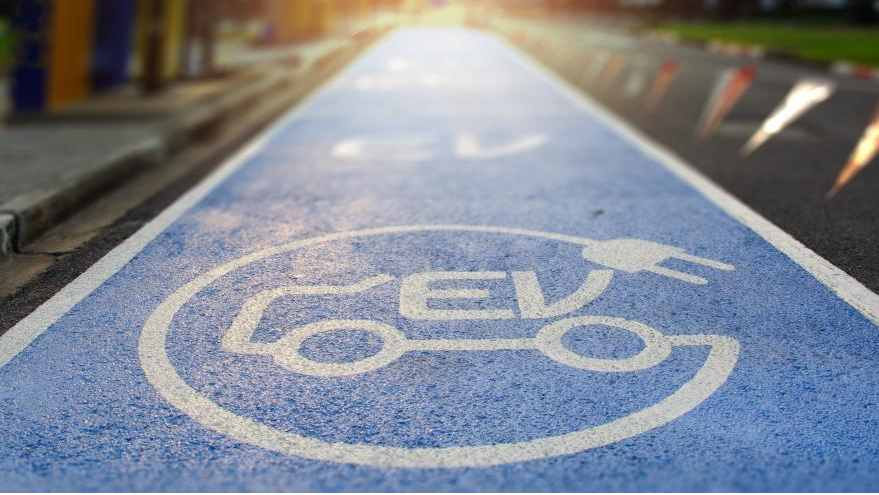S&P Global Ratings on residual value risk of EVs within securitizations

Along with highlighting a securitization strategy popular in Europe and now gaining momentum in the U.S., S&P Global Ratings gave a brief update on its thinking about electric vehicles and residual values.
Last week, S&P Global Ratings said higher exposure to EVs could increase residual value risk in U.S. auto lease asset-backed securities.
“Studies also show that EVs currently have higher depreciation levels than internal combustion engine vehicles, which could result in lower recoveries and thus lower residual values in our analysis,” S&P Global Ratings said in a news release.
Analysts added other observations, including:
—U.S. electric vehicle sales rose 51% year over year in 2023, with EV market share increasing to 9.1% due to charging station growth, improvements in vehicle range, lower pricing, and government subsidies.
—Residual performance on auto lease ABS transactions S&P Global Ratings rates remain positive, reflecting the well-diversified pool mix. “Our analytical approach provides for adjustments to our assumptions, if needed, as EV concentrations increase in rated pools,” the firm said.
— S&P Global Ratings expects U.S. EV sales growth to slow to 25%, EV leasing rates to increase and auto lease ABS ratings performance to remain stable this year.
Banks ramp up credit risk transfers to optimize regulatory capital
In a separate news release, S&P Global Ratings said more banks are issuing credit risk transfer securitizations to obtain regulatory capital relief and manage their risk exposures.
Generally known as significant or synthetic risk transfers (SRTs), S&P Global Ratings explained these transactions enable banks to reassign future credit losses in reference loan portfolios to third-party investors.
“We see well-designed SRTs as an effective tool for banks to manage their capital and risk profiles,” S&P Global Ratings credit analyst Richard Barnes said. “Accordingly, we recognize these transactions as credit risk mitigants in the calculation of our risk-adjusted capital ratio, our primary solvency metric for banks,” he added.
S&P Global Ratings mentioned capital relief is a key motivation for SRTs and “there tends to be a flurry of issuance ahead of financial year-ends to support regulatory ratios.”
However, S&P Global Ratings said issuers increasingly use SRTs as a strategic risk management tool to actively manage loan portfolios, address sectoral and single-name concentrations, and create capacity for further lending.
European banks dominate SRT issuance, but S&P Global Ratings noted volumes are growing in other markets.
S&P Global Ratings pointed out U.S. banks are becoming more active after the Federal Reserve clarified the capital treatment of certain SRT structures.
“Higher prospective capital charges on loans under the Basel III reforms increase the incentive to issue, although there is uncertainty over the ultimate treatment of SRTs under these standards,” S&P Global Ratings said.


